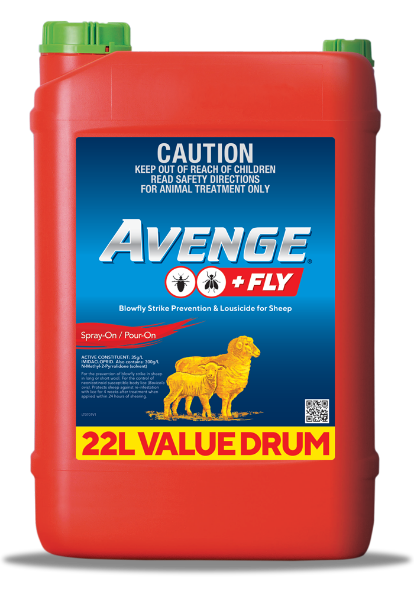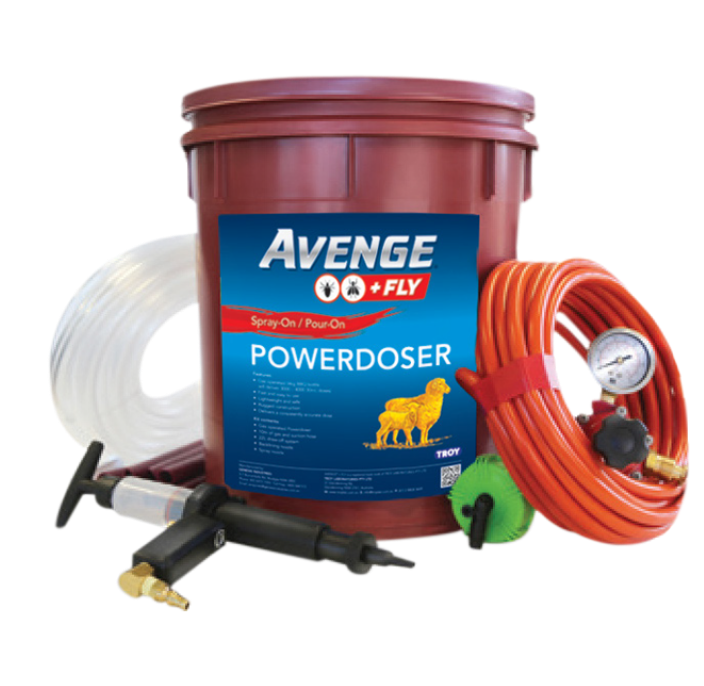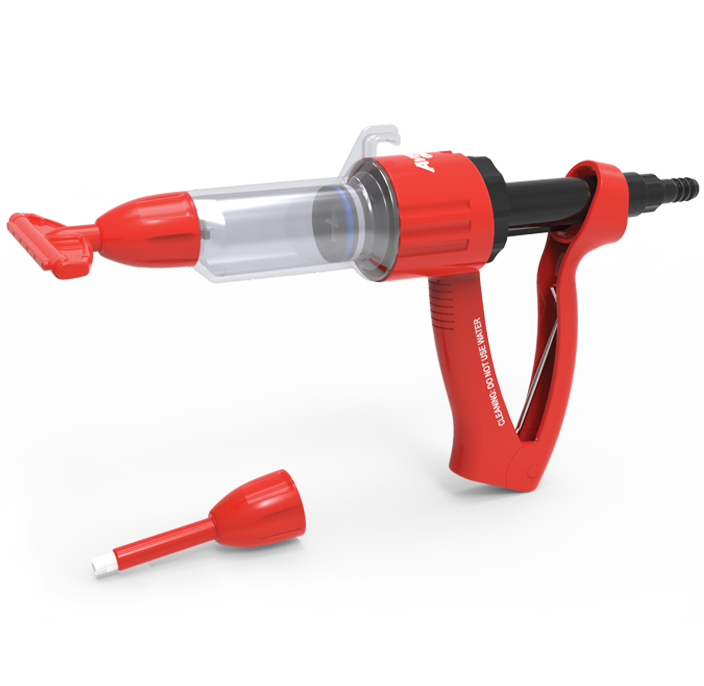IGR Resistance Development
The Australian blowfly, Lucilia cuprina, has proven over time it can develop widespread resistance to chemicals that are used to control it1. Resistance can either develop through spontaneous mutations (changes) in the parasite’s genetic material or can develop as a result of repeated exposure to the same active, or class of active. Resistance development may be accelerated by the inappropriate use of an active(s) such as underdosing or poor application.
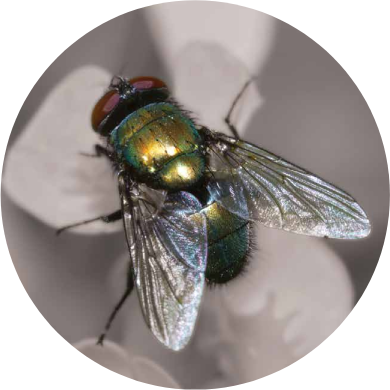
Blowfly resistance to actives within the Insect Growth Regulator (IGR) group of chemicals is now well documented.
The % of field submissions resistant to dicyclanil and cyromazine, cyromazine only or susceptible to both cyromazine and dicyclanil.4
Total Submissions
(N=100)
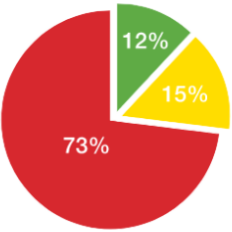
NSW
(n=55)
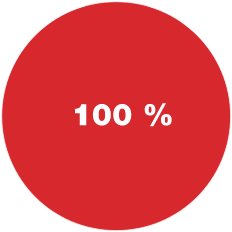
Victoria
(n=11)
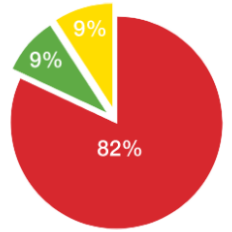
SA
(n=12)
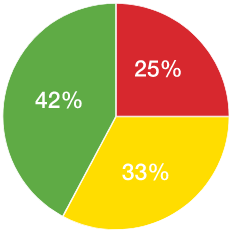
WA
(n=21)
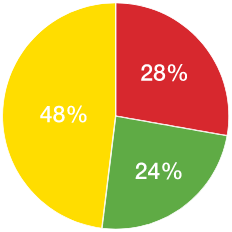
 Resistant to both dicyclanil and cyromazine
Resistant to both dicyclanil and cyromazine
 Resistant to cyromazine
Resistant to cyromazine
 Susceptible to dicyclanil & cyromazine
Susceptible to dicyclanil & cyromazine
Protection Period Evaluation3,4
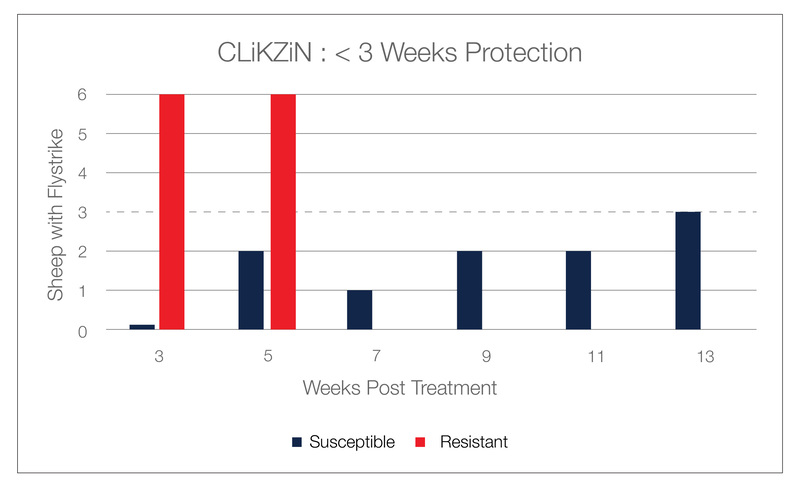
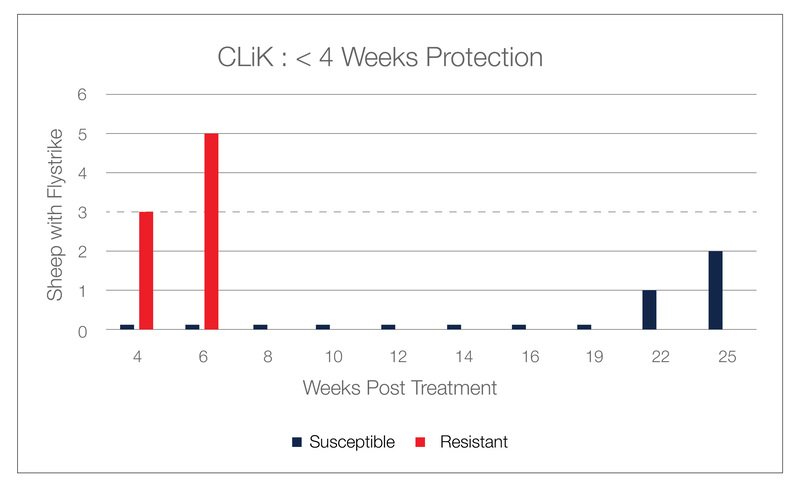
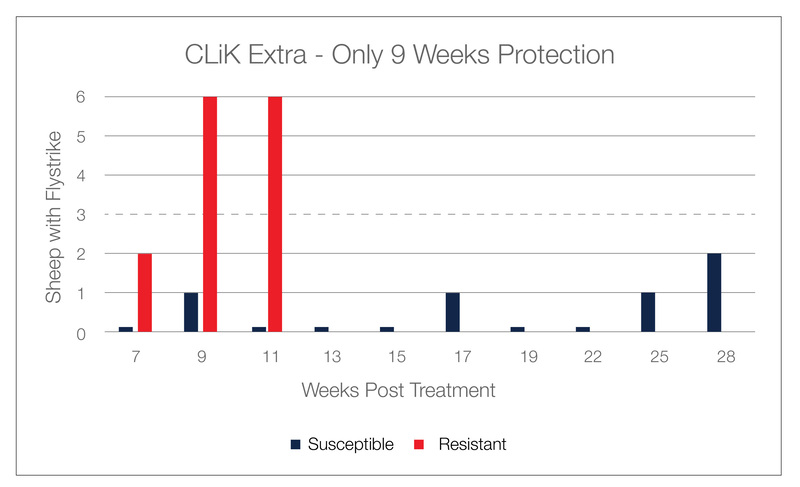
For the first time, reduced protection periods have been reported to dicyclanil based spray-on products due to
resistance development in the Australian sheep blowfly3.
*Graphics adapted from N. Sales et al, IJP: Drugs and Drug Resistance 14:118-125.
*No known published peer reviewed studies demonstrating imidaclopid resistance in Lucilia cuprina.
1.Heath, ACG and Levot, GW, 2015, ‘Parasiticide resistance in flies, lice & ticks in New Zealand and Australia: mechanisms, prevalence & prevention’, NZ Veterinary Journal 63(4):199-210.
2.Levot, GW, 2012, ‘Cyromazine resistance detected in Australian sheep blowfly’, Aust Veterinary Journal, 90(11):433-437.
3.Sales, N, Suann, M, Koeford, K, 2020, ‘Dicyclanil resistance in the Australian sheep blowfly, Lucilia cuprina, substantially reduces flystrike protection by dicyclanil and cyromazine based products’, IJP: Drugs and Drug Resistance 14:118-125.
4.Sales, N, 2020, Sheep Ectoparasite Resistance Update 2018-2020, NSW DPI Project no. ON-00491
CliKZiN, CLiK and CLiK EXTRA are trademarks of Elanco or affiliates
